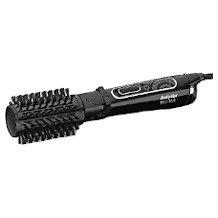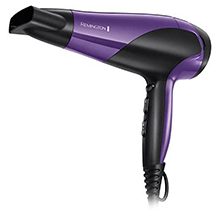Hairdressing scissors purchasing advice: how to choose the right product
- What you need to know
- Hairdressing scissors are significantly sharper than normal scissors. They need to be sharper to cut hair cleanly and accurately.
- Hairdressing scissors either have a smooth blade or micro serrations.
- Thinning shears are used for thinning out thick hair.
- Blending scissors are used for intricate work, like fades, transitions, and contouring.
- Good hairdressing scissors can be easily opened and closed, making them less tiring to use.
A tool for professionals and amateurs
Whether you’re cutting your fringe or simply tidying up split ends, more and more people are picking up hairdressing scissors and having a go at cutting their own hair at home. The perfect haircut requires a fair bit of practice, good technique, as well as a good pair of scissors. Kitchen or normal scissors are too blunt for cutting hair. They tend to squeeze hair rather than cutting it, causing it to break and split.
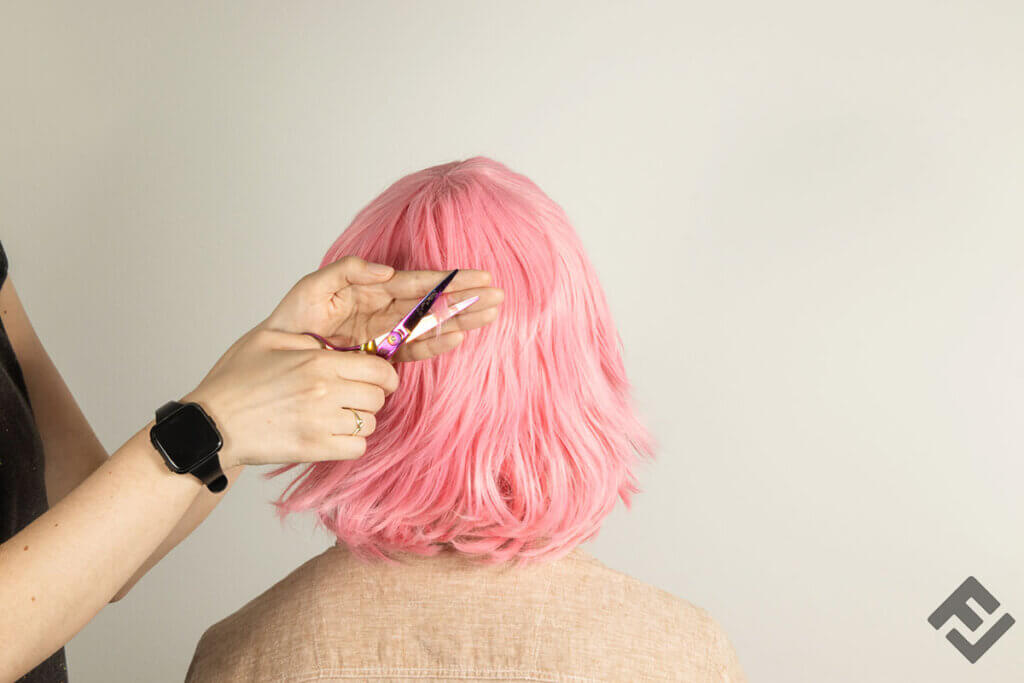
It’s for this reason that specially made hairdressing scissors exist. Thanks to good-quality materials, sharpness, and the angle of the blade, hairdressing scissors allow a competent user to cut hair in a gentle and precise way. As well as expensive models designed for use in hair salons and studios, cheaper options for home use are also available. These kinds of scissors are also good for cutting synthetic hair. Those who wear a wig, either every day or on special occasions, can use hairdressing scissors to shape their wig into whichever style they wish.
A quick look at hairdressing scissors
Just like with normal scissors, hairdressing scissors have a handle and cutting blade held together by a screw which functions as a pivot. In contrast to other types of scissors, hairdressing scissors have a finger rest attached to one of the finger rings. This helps support the fingers while cutting.
Some hairdressing scissors have a special grind which keeps the blades sharp, regardless of whether they are closed or open. This means that, when closed, only the blades and lock come into contact with one another– and not the entire length of the blade. The blades are ground concave, creating a hollow space between the points of contact. The tension created by this ensures that the blades only cross over a little bit when opened.
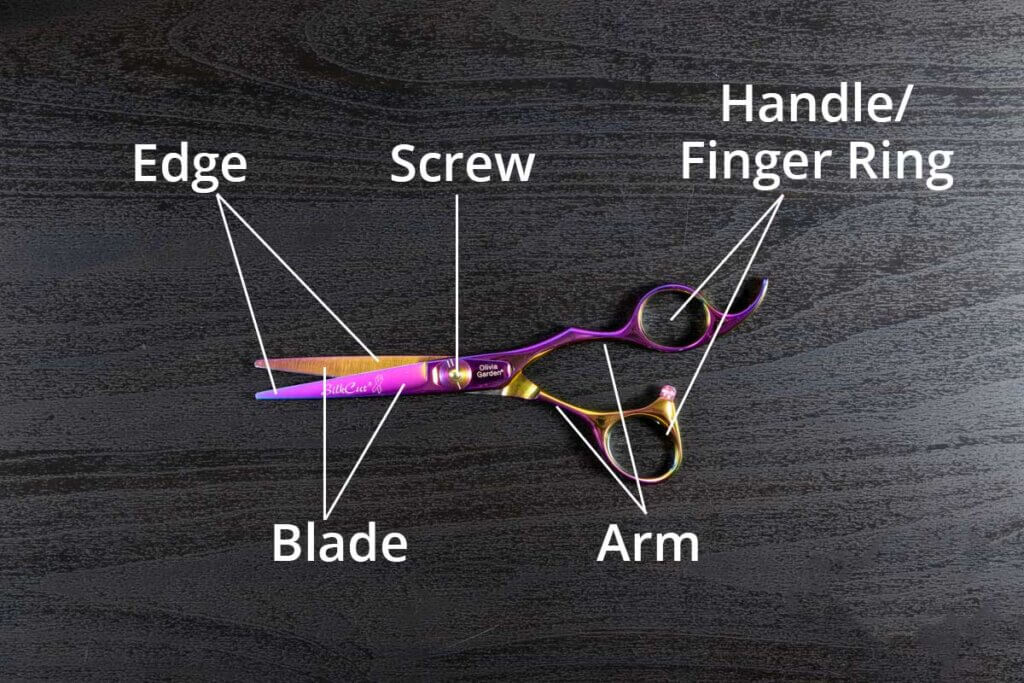
Different types of hairdressing scissors
It only takes a quick Google search to see that hairdressing scissors come in a number of different types. Ones like thinning shears are still hairdressing scissors, only with a slightly more specialised purpose to that of normal scissors. The following section aims to give you an overview of the different hairdressing scissors available on the market.
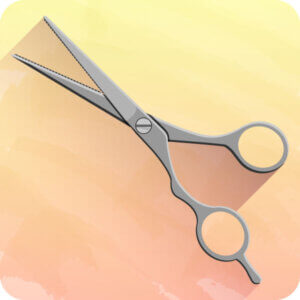
Serrated hairdressing scissors
Hairdressing scissors are designed to cut hair in equal lengths. They differ from one another in the types of blades that they employ. Serrated scissors are especially suited to being used by beginners. These models have tiny grooves, either on one or both blades. These grooves prevent hair from sliding towards the tip of the scissors while cutting. This is a big advantage for beginner hairdressers.
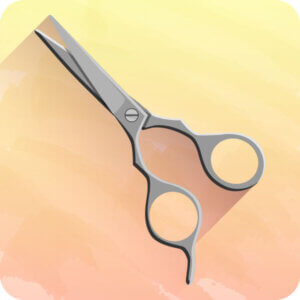
Slicing scissors
Slicing scissors are another haircutting alternative. They have a flat blade which is especially sharp. Slicing allows the hairdresser to draw the blade underneath the hair and thereby cut it more gently. This is often used for contouring or cutting the fringe. Slicing scissors are suitable for any kind of hair cutting technique, although they can be difficult to use for beginners. Due to the flat blade surface the hair is more likely to slip.
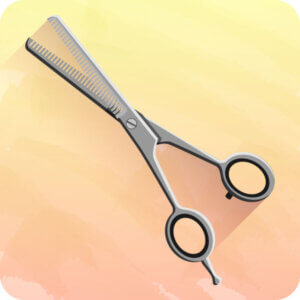
Thinning shears
Thinning shears are the ideal tool for thinning out thick hair. After all, such shears help to reduce the volume of said hair. To do this, both blades have teeth, which leave gaps between the blades. Due to those gaps, only about a third of the hair between the shears is actually cut. Thinning scissors are only used after the main cut has been completed.
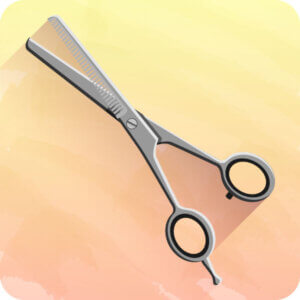
Blending scissors
Blending scissors also thin out the hair. Unlike with thinning scissors, however, with blending scissors, only one of the blades is serrated. In addition, the space between the teeth is significantly smaller, meaning that the blade catches around half of the hair – compared to one third for thinning shears. Experienced hairdressers use blending scissors to cut transitions and fringe contours, or to structure already shortened hair.
What to look out for
Although hairdressing scissors can be bought at the pharmacy for just a few pounds, there is a world of difference between these and professional level models. Cutting your hair at home doesn’t necessarily require you to have a high-end model, but you will experience a lot of frustration if your scissors are neither hard nor sharp. Versions with micro serrations are recommended for beginners, as they help to stop the hair from slipping. Straight-edged scissors are instead recommended for those who have already gathered hair cutting experience.
Shape
Classic hairdressing scissors are usually straight. The blades on both sides are almost identical while the finger rings sit comfortably next to one another at one end.
Offset scissors, meanwhile, have arms of different length, meaning that the finger rings no longer sit next to one another. This is primarily to make the scissors more ergonomic, allowing users to cut hair for longer without experiencing fatigue.
Crane scissors are a form of offset model. Here, the lower arm is a little deeper set and presses against the lower ring a little bit further underneath. The blades, meanwhile, remain parallel to each other. This type of scissors is particularly ergonomic.
Size of the scissors
Hairdressing scissors typically are between four and seven inches (10cm-18cm) in length. Most common are models between five and six inches in length.
Popular versions with shorter blades measure at around four to five and a half inches long. Although they can be used for almost all manner of haircutting tasks, they are particularly useful for precision techniques. They are also the perfect choice for hairdressers with smaller hands.
Long blade scissors are equally capable of handling nearly all hairdressing tasks. They are often used in combination with a comb or used to cut off a large amount of hair in one swift cut. They are best used by hairdressers with big hands.
You can use different sizes of scissors as and how you feel appropriate, although it can be an advantage to use a model which better suits the size of your hand. To work out the correct size, measure the inside of your middle finger with a ruler. The length of your middle finger should be about the same as the length of the blade. If this measurement is around 2 inches, then a 5-inch pair of scissors should be the correct size. 6-inch scissors are considered the universal measurement that can be used for any technique and by anyone.
Circumference of the finger ring
When choosing your hairdressing scissors, make sure to pay attention to the circumference of the finger rings. If the opening is too small, then you risk being unable to use the scissors. If the ring is too large, this can be remedied by using a rubber insert. Some hairdressing scissors even come with removable finger ring inserts, made from plastic or rubber. Rubber inserts are particularly useful when several people with different sized hands intend to use the same pair of scissors.
Manufacturers don’t always reveal the size of the ring, making it difficult for the online customer to make an informed decision. If this value isn’t disclosed, then it is advisable to carefully examine user reviews for information.
Material
Hairdressing scissors are usually made from stainless-steel alloys with chrome, molybdenum, cobalt, vanadium, or manganese. The choice of material determines the corrosion resistance and the weight of the product. Models made from special cobalt steel are a step above other stainless-steel models. Cobalt steel scissors are thought to be longer lasting, although the difference between the different materials is no longer as large as it once was.
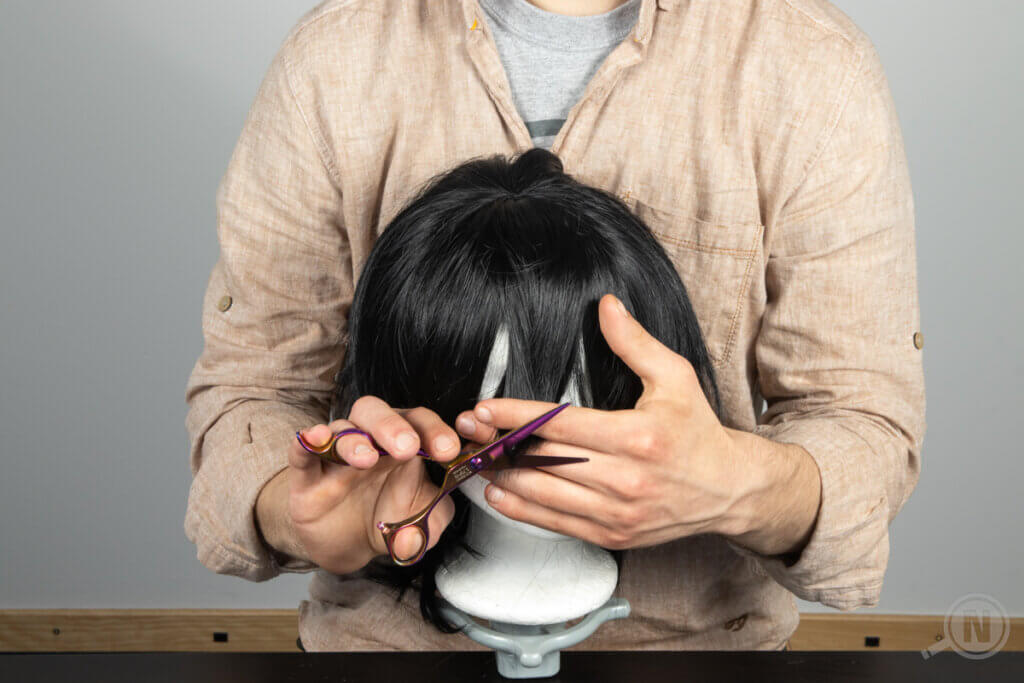
Unfortunately, alloy stainless steel usually contains traces of nickel, making it unsuitable for allergy sufferers. Cobalt can also cause similar contact allergies. Provided allergy sufferers don’t directly touch the material in question, an allergic reaction can normally be avoided. This means that they can usually continue to use models which have a coating. Titanium is commonly used for this.
Making professional-grade hairdressing scissors is a time-consuming process. Premium stainless steel goes through a triple heating process at temperatures of more than 1000°C, before being cooled down to temperatures of minus 180°C. The resulting blade is particularly hard and durable.
Hardness of the steel
The hardness of the steel is particularly important with hairdressing scissors. The harder the material, the more accurately the blade can cut. It will also remain sharper for longer. Extremely hard hairdressing scissors are, however, more susceptible to breakage. They can be easily damaged if not used correctly.
The so-called Rockwell Scale is used to measure the hardness of the materials used to make hairdressing scissors. On the Rockwell scale, hardness is measured in HRA.
The most commonly found hairdressing scissors have a hardness of between 53 and 67 HRA. Normal kitchen knives, meanwhile, have a hardness of between 53 and 57 HRA. The hardest metals for household use have a HRA of between 64 and 67. Cheaper scissors often don’t give any information about the hardness of the metal they use. Scissors with a hardness of 55 to 57 HRA are good for beginners. Spending a few more pounds on a slightly harder model can be a good idea for those looking to getting into hairdressing as a hobby. Anything in the range of 58 to 62 HRA is good. More experienced hairdressers and professionals should definitely consider looking at models with a HRC of up to 67.
Damascene steel: high–quality, multi–layered steel
Damascene steel is a type of forged steel which is known for being particularly hard. Producing damascene steel is simple but very time consuming. The blacksmith takes a long piece of raw steel, folds it, and then melts it back together. This process helps to distribute carbon throughout the steel, creating a recognisable decorative pattern.
The type of steel used in the manufacturing process can usually be determined by abbreviations like ‘440C’. The abbreviation ‘VG-10’ describes high-grade stainless steel from Japan which is usually used for making cutlery.
Resistance
Another important distinction between different hairdressing scissors is the resistance they offer when opening and closing. The better quality the scissors, the less energy goes into using them. The resistance is determined by the blades and the screw. The angle on the blade allows for the two blades to seamlessly glide over one another while remaining sharp. The assembly of the scissors is important to ensure that the blades rest in the correct position with the correct tension.
The bolt has an important influence on the usability of a pair of scissors. If it hasn’t been precisely set up, the scissors are likely to move in a way that causes damage to the blade. Cheaper models tend to use slotted screws. Making small adjustments can only be done with specialist equipment. Models with a cog, meanwhile, give you the option to comfortably adapt the scissors without the need for specialist tools. Some professional level scissors come with maintenance free ball bearings.
Working out whether a pair of scissors has been correctly set up doesn’t take genius. Hold one arm of the scissors vertically facing upwards and pull the other arm until it makes a right angle. Then, let go of the vertical arm. If the scissors close completely, then the screw is too loose. If the angle stops at a degree of between 20 and 30 degrees, then this is the correct level of tension. If the arm only moves enough to make an angle of 30 degrees or more, then the screw is too tight.
Images 1-7: © FinalCheck


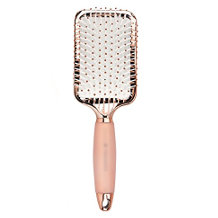
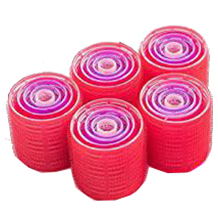
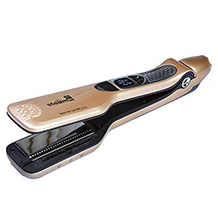
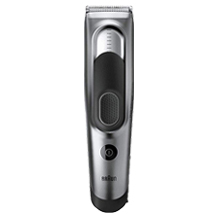
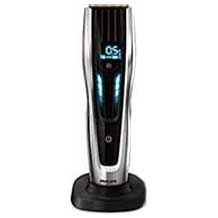
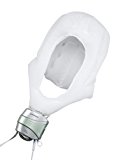
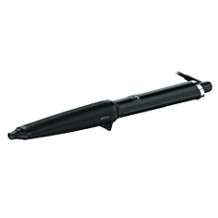
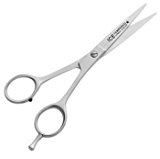
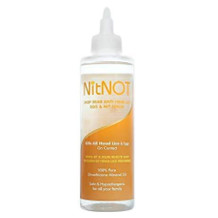
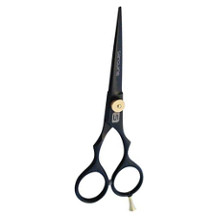




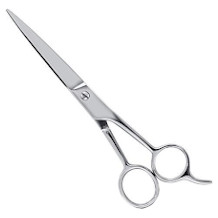



 6,799 reviews
6,799 reviews


